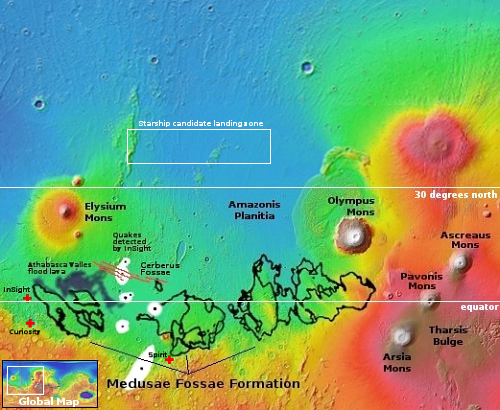Pentagon: SpaceX effectively blocking Russian illegal use of Starlink
According to one Pentagon official, SpaceX has effectively blocked Russia’s illegal use of captured or illegally purchased Starlink terminals.
Plumb declined to elaborate on what tactics, techniques or procedures are being used to stem Russia’s use of the highly portable communications terminals that connect to SpaceX’s fleet of low-orbiting satellites. Ukrainian government officials had no immediate comment.
Starlink terminals continue to be advertised for sale in Russia on platforms such as e-commerce site Ozon. Their sellers say they function through subscriptions taken out in the name of residents of European countries where the technology is licensed, and they say that connections work — not within Russia’s heartlands but near border regions such as Ukraine’s occupied territories.
This week, however, users complained of unprecedented connectivity issues. On the messaging app Telegram one of the sellers recommended transferring onto a more expensive global service plan. Bloomberg hasn’t been able to independently verify whether those workarounds restore connectivity for illicit Starlink use in Russia.
The official tried to make it sound as if the Pentagon was an equal partner with SpaceX in accomplishing this work, but that’s absurd. The military is without doubt helping SpaceX anyway it can, but the bulk of the technical work is almost certainly being done by SpaceX.
According to one Pentagon official, SpaceX has effectively blocked Russia’s illegal use of captured or illegally purchased Starlink terminals.
Plumb declined to elaborate on what tactics, techniques or procedures are being used to stem Russia’s use of the highly portable communications terminals that connect to SpaceX’s fleet of low-orbiting satellites. Ukrainian government officials had no immediate comment.
Starlink terminals continue to be advertised for sale in Russia on platforms such as e-commerce site Ozon. Their sellers say they function through subscriptions taken out in the name of residents of European countries where the technology is licensed, and they say that connections work — not within Russia’s heartlands but near border regions such as Ukraine’s occupied territories.
This week, however, users complained of unprecedented connectivity issues. On the messaging app Telegram one of the sellers recommended transferring onto a more expensive global service plan. Bloomberg hasn’t been able to independently verify whether those workarounds restore connectivity for illicit Starlink use in Russia.
The official tried to make it sound as if the Pentagon was an equal partner with SpaceX in accomplishing this work, but that’s absurd. The military is without doubt helping SpaceX anyway it can, but the bulk of the technical work is almost certainly being done by SpaceX.

